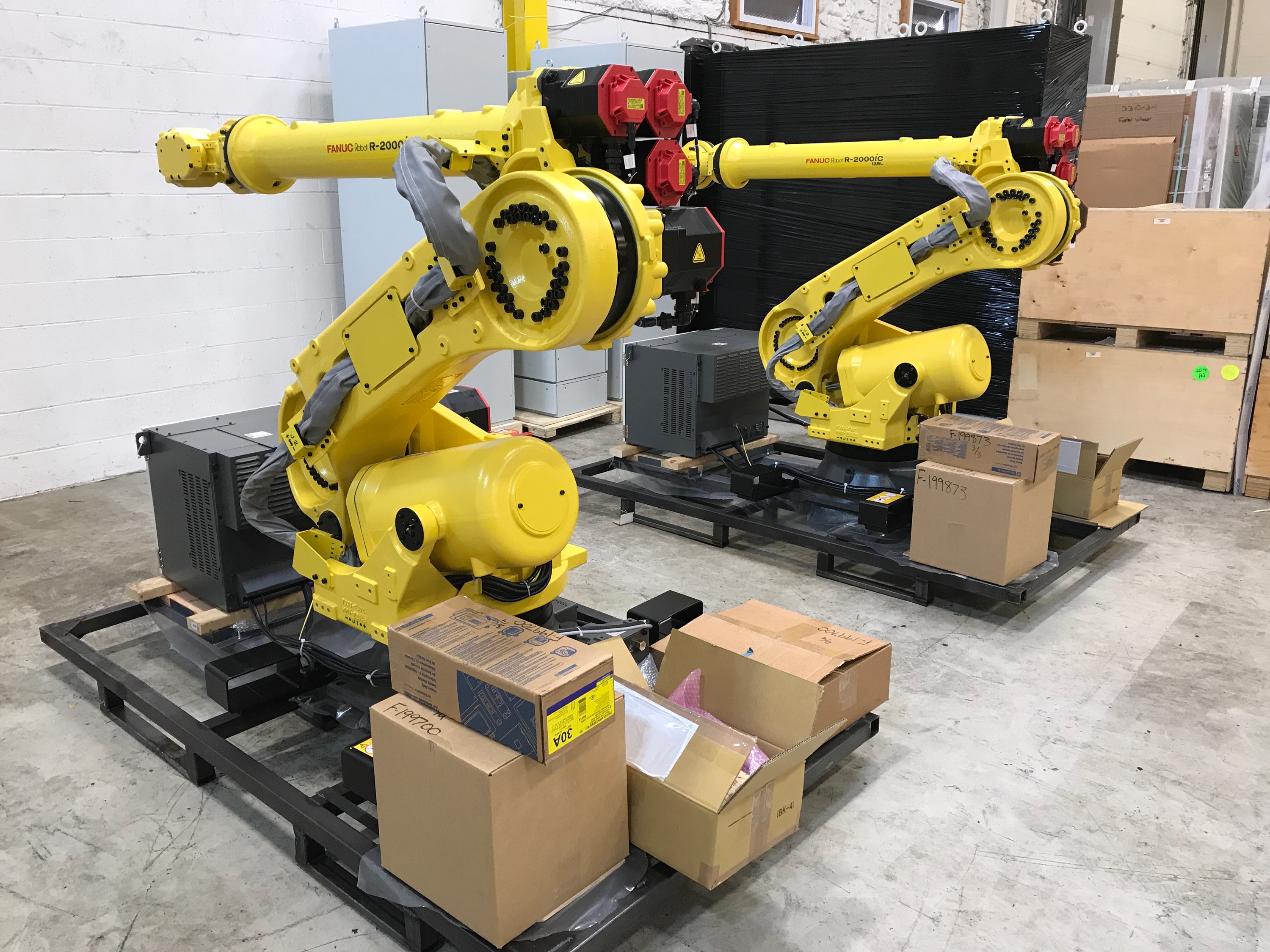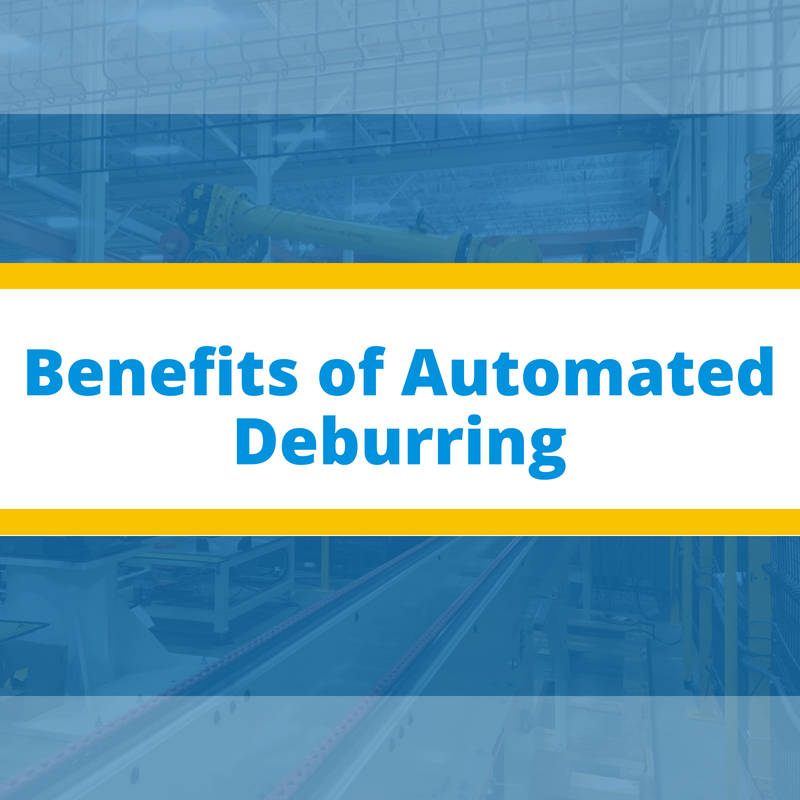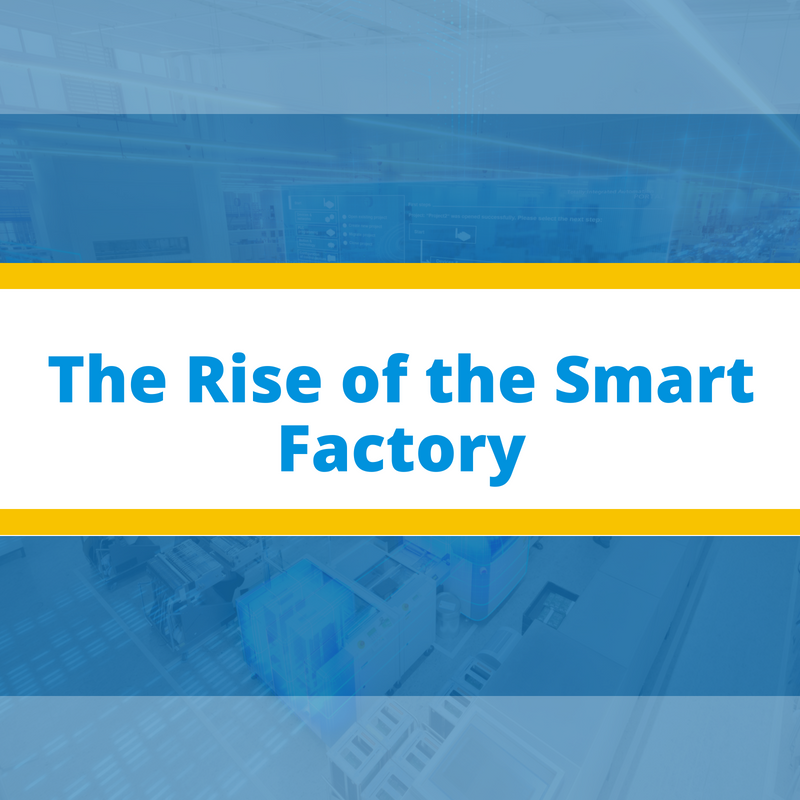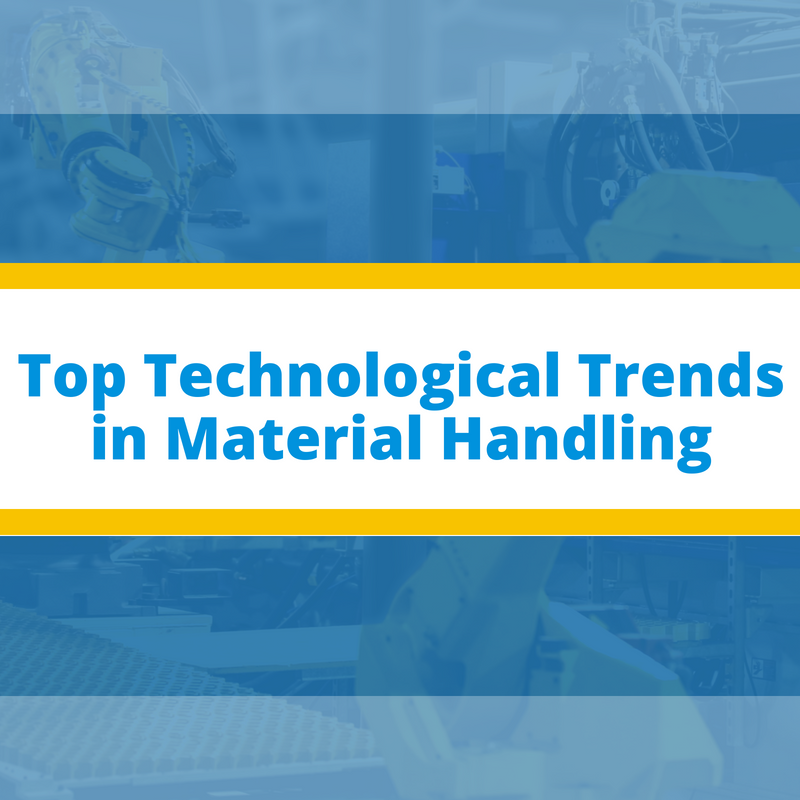As technology becomes more prevalent, machines are now being used to build other machines. Most of the robots produced are shipped to various factories where they play a key role in the manufacturing of cars, laptops, and other equipment. It has been reported by Loup Ventures that as more people are swayed towards gadgets, the market for industrial robots is bound to grow over 175 percent over the next decade.
But the dynamic is going to change as well. The driver of this growth won’t consist primarily of industrial arms joining car parts as they have been for decades. Instead, a new generation of robots is taking over that is smarter, more compact, and much more collaborative than the traditional industrial robot. These collaborative robots will account for a large percentage of robots sold in future decades throughout industries. To compare, collaborative robots today only account for 3 percent of industrial robots.












